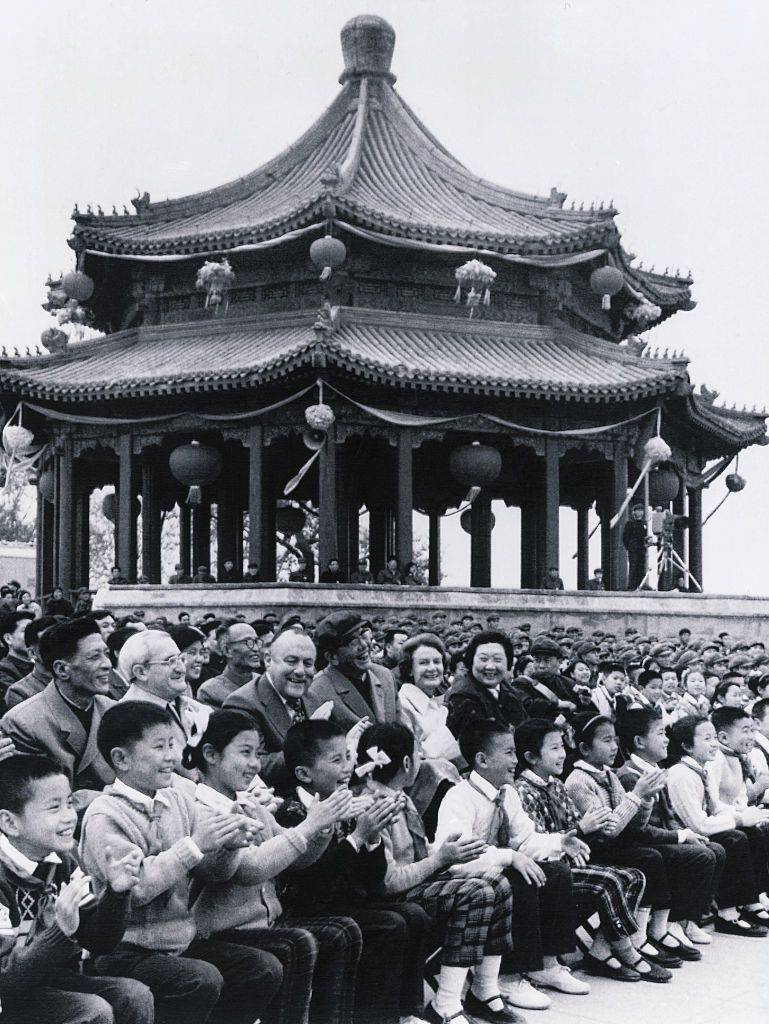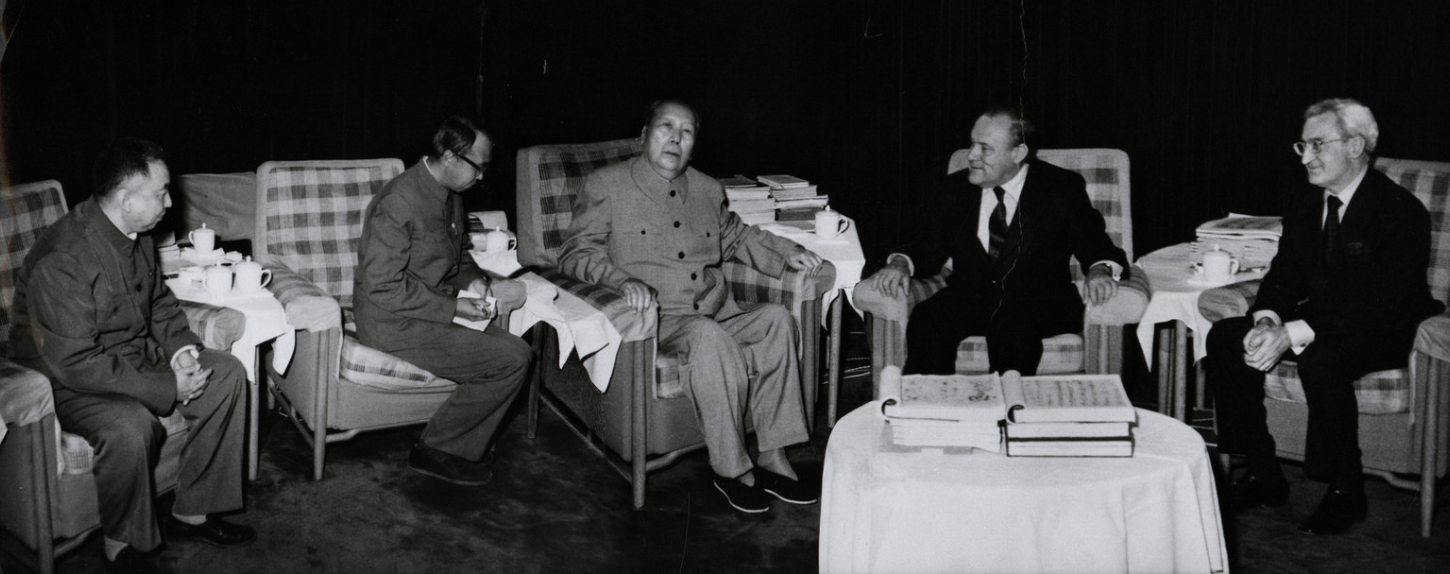
The Road to Peking
First steps towards diplomatic ties between New Zealand and China.
Over the last 45 years, China has emerged as one of New Zealand’s most significant political, trade, and economic partners, with strong people to people connections.
Former diplomat and China expert Chris Elder writes about the first steps in the relationship between the New Zealand government and the Peoples’ Republic of China.
Debate on the merits of recognition
In the decades before New Zealand and China came to establish diplomatic relations in December 1972, senior officials of the then Department of External Affairs were divided on the merits of recognition.
Some were violently against dealing with the regime. Within the junior ranks of External Affairs, many favoured recognition, but came up against an immovable obstacle in the person of the implacably anti-Communist Foss Shanahan.
As time passed, the debate over recognition came to focus on the likely impact on New Zealand’s relationship with the United States, and by extension Australia. When, in February 1956, the Department set out in a paper the pros and cons of recognition, a critical consideration was seen to be retaining United States cooperation and support.
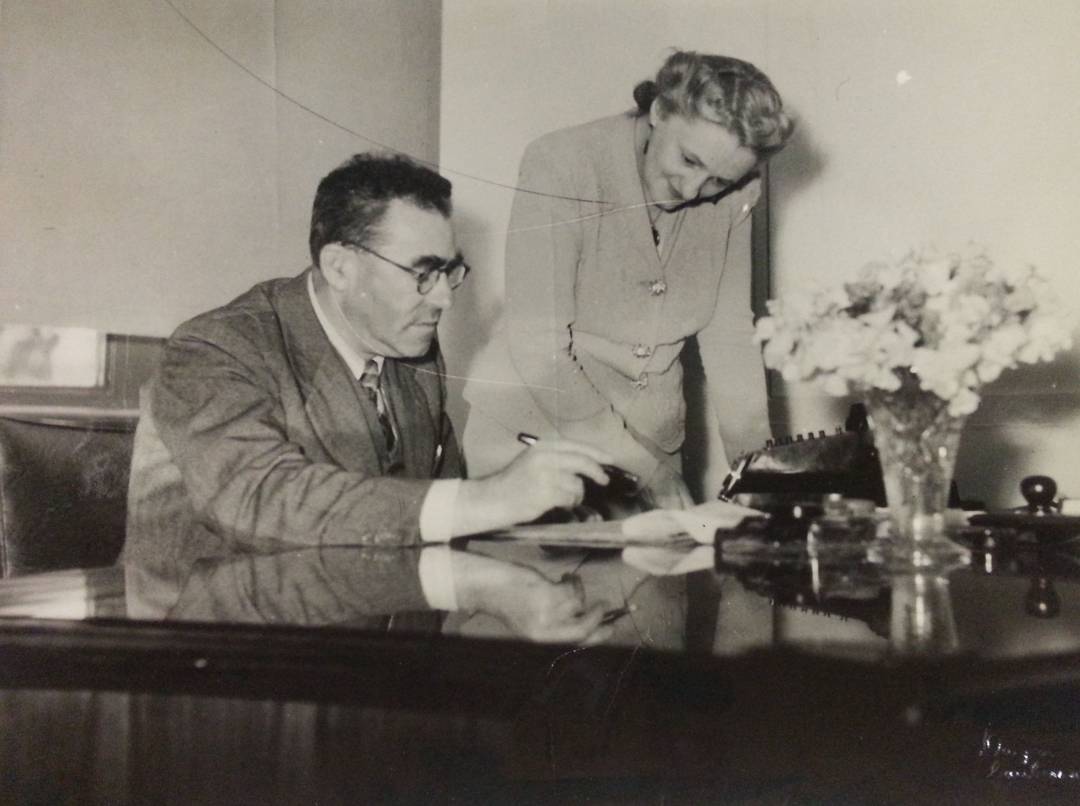
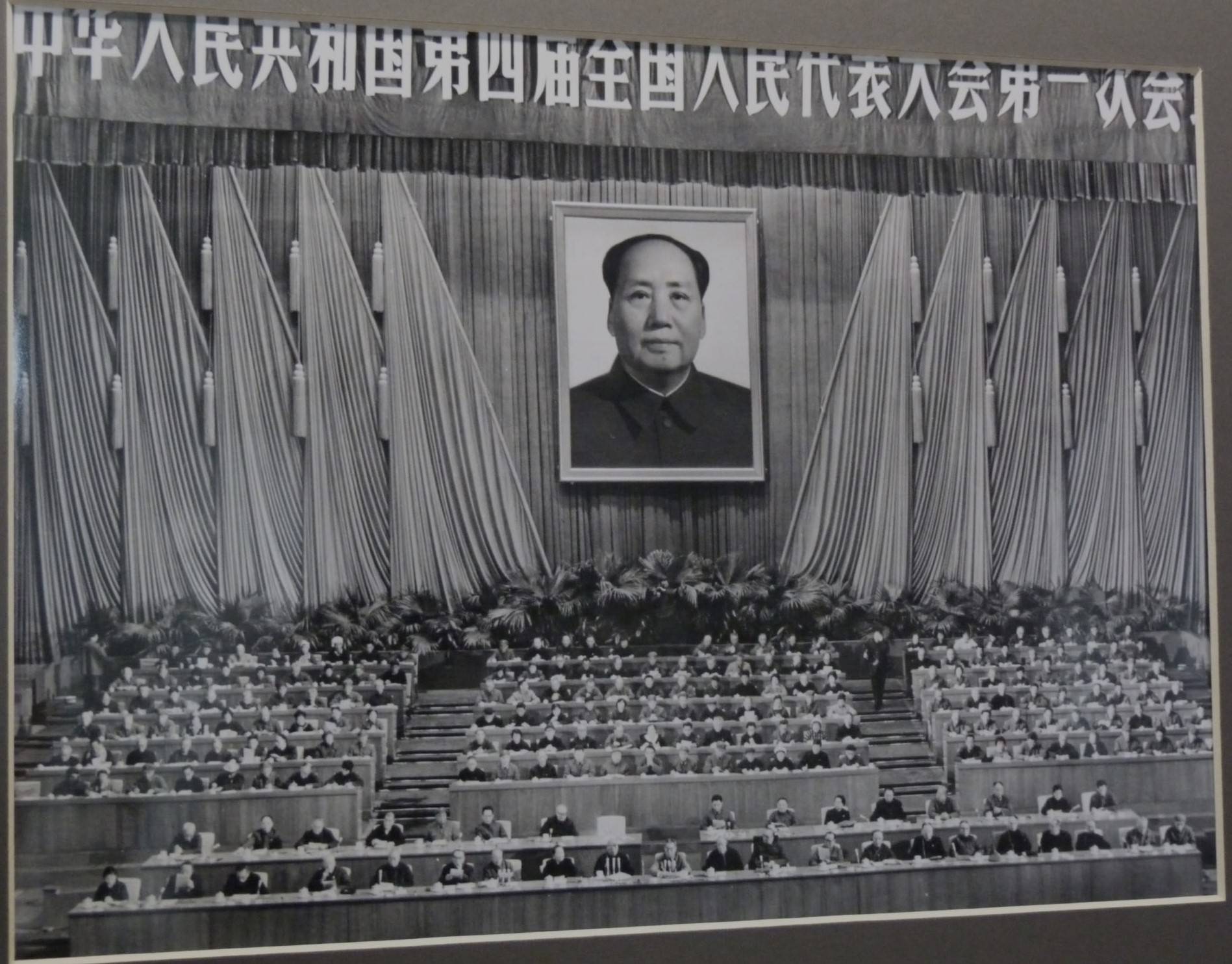
At the beginning of the 1970s the tide turned.
First, the United States opted to re-engage with China in a strategic re-balancing aimed at the Soviet Union.
Secondly, in October 1971 the Peoples’ Republic of China (PRC) finally amassed enough votes to unseat Taiwan to take the China seat at the United Nations.
Although New Zealand aligned itself with the United States (and Australia) in voting against Resolution 2758, the New Zealand Labour Party (in Opposition at the time) had included recognition of the PRC among its policy planks for the 1972 general election. The new Labour Government led by Norman Kirk was sworn in on 8 December 1972. Shortly thereafter, a joint communiqué was signed by the New Zealand and the Chinese Permanent Representatives in New York on 22 December 1972.
The first delegation to China
In 1973, the Hon. Joe Walding led a small delegation to China. He was, in effect, Norman Kirk's personal emissary - his twin portfolios as Associate Minister of Foreign Affairs and Minister of Overseas Trade underlined that for New Zealand this was an initiative intended to yield both political and economic benefits.
The most senior of the foreign affairs contingent was Asian Division Head Bryce Harland who was to later become New Zealand’s first ambassador to China. None in the group had previously been to China, or had any real idea what they would find there. None was fluent in Chinese.
Hong Kong was a necessary staging point for entry to China at that time. International air links were virtually non-existent. Even the rail link from Kowloon station ended at the border, where the delegation alighted to carry their luggage across the bridge at Lowu. A train then took them to Canton (Guangzhou). From the station, they got their first glimpse of Red China – a scattering of houses around a duck pond that made up the village of Shumshun (Shenzhen).
Mr Walding’s key meeting was with Qiao Guanhua, China’s Vice Foreign Minister. As well as covering major international issues (the Sino-Soviet dispute for China, China’s role in Southeast Asia and nuclear testing for New Zealand) the meeting established parameters that were to be instrumental in shaping the relationship in the years ahead.
Qiao made it clear that China would not be content with dealings narrowly defined in political or trade terms. It wanted a relationship in the round – political, economic, cultural, people-to-people.
The success of the meeting put the delegation in a positive mood which continued into the following day, when attention was drawn to a report on the meeting, complete with photograph, on page 3 of the Renmin Ribao (People’s Daily).
The mood was deflated a little by the subsequent discovery of an article, on page 1 of the same newspaper, also complete with photograph, of Premier Zhou Enlai meeting with Comrade V.G. Wilcox, General Secretary of the Communist Party of New Zealand. Wilcox had been received at the highest levels in China over the years of non-recognition. The Chinese clearly did not forget old friends.
On the last day of his stay in Peking, Mr Walding and the others in the mission were accorded the same accolade, a courtesy call on Premier Zhou Enlai.
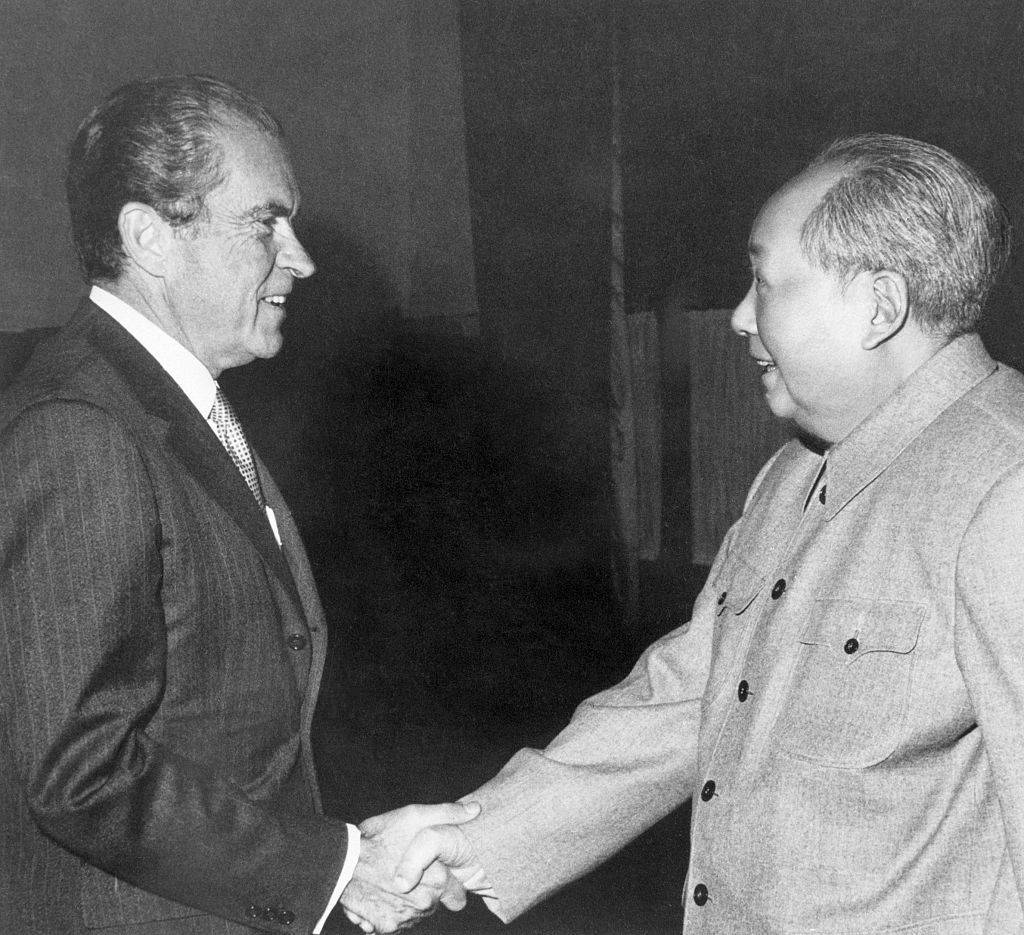
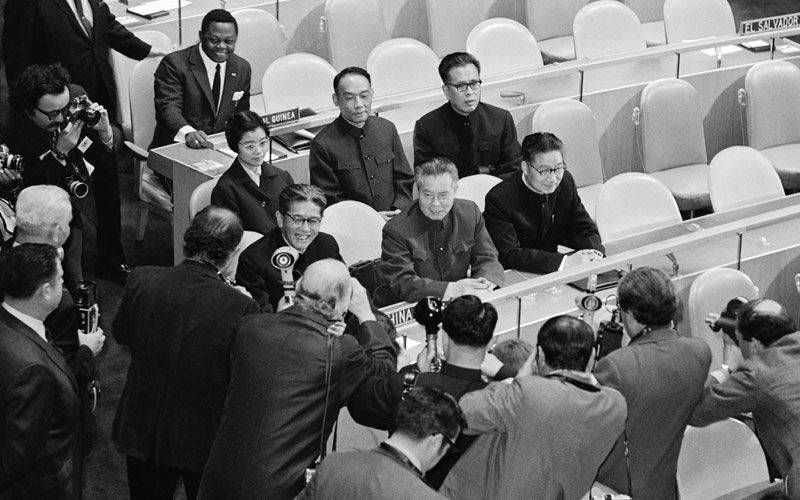
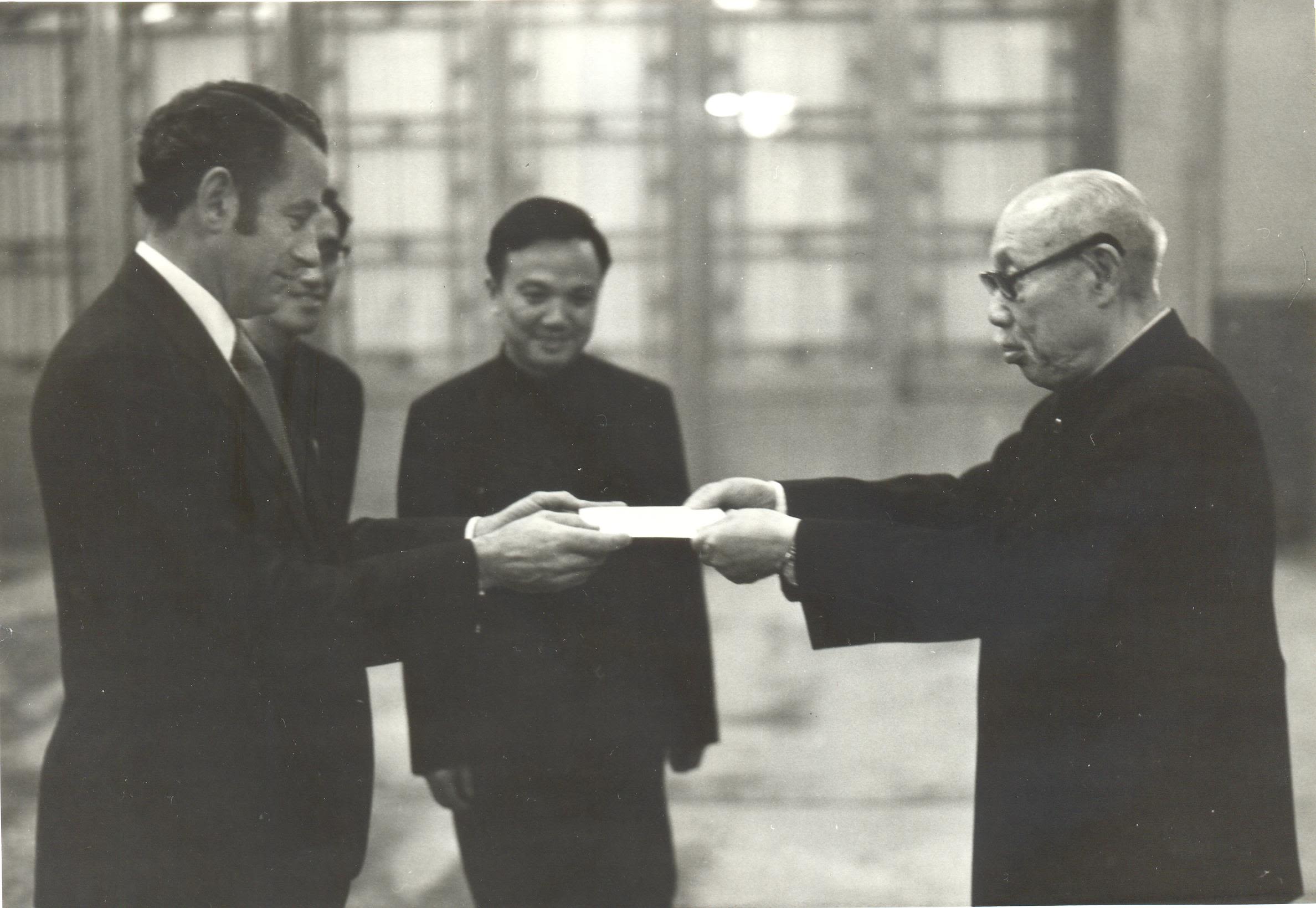
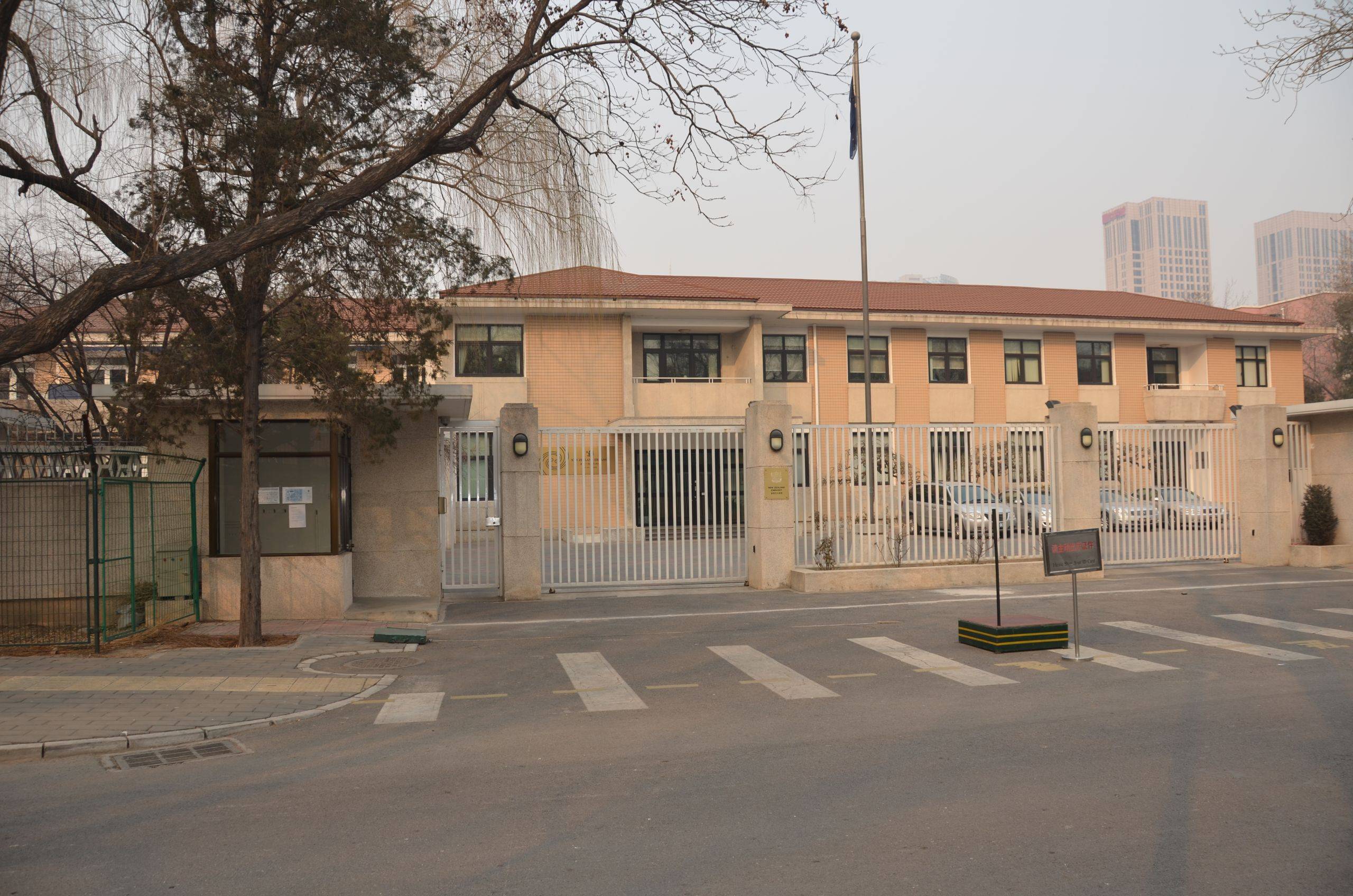
Our place in Beijing
To accommodate the flood of new recognitions following China’s entry to the United Nations, the Chinese authorities had set about building a number of generic embassy premises, in the expectation that they would find tenants among the new arrivals.
New Zealand secured a desirable site (original building pictured) immediately behind the British and Indian Embassies in Chi Chia Yuan (now the First Embassy District). Today, the Embassy remains on the original site in a striking new building opened in 2019 by Prime Minister Jacinda Ardern.
Muldoon seals the deal
The 1976 visit by New Zealand Prime Minister Rob Muldoon set the seal on the new relationship between New Zealand and China.
The Prime Minister was accorded the full honours appropriate to a world leader. Heads of all diplomatic missions were marshalled to form a reception line at the airport; troupes of small girls in brightly-coloured costumes danced and sang on the tarmac. Banners of welcome hung from buildings on the way into the city. The streets were lined with cheering schoolchildren, each of whom was miraculously in possession of a small New Zealand flag.
Prime Minister Muldoon was flattered. The drive in from the airport, he told New Zealand press representatives on arrival at his guesthouse, had been “the longest standing ovation ever received by a New Zealand Prime Minister”.
The patient (and sometimes impatient) work of officials in building up all the aspects of a rounded relationship, and establishing the physical plant to support it, had been endorsed at the highest political level, not least because Muldoon had the honour of being one of the last foreign leaders to meet with the ailing Chairman Mao Zedong.
As the Prime Minister’s entourage sped out of town, it passed banners proclaiming “Zhong Xin Youhao Guanxi Wan Sui” – “May the Friendship between China and New Zealand last 10,000 years”.
